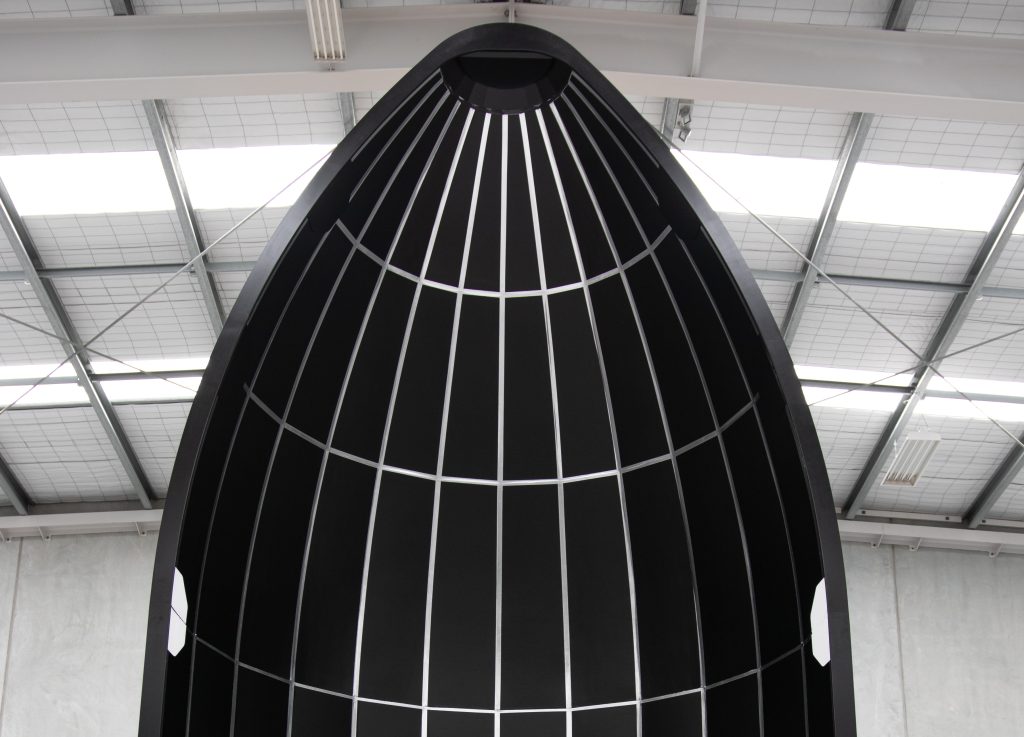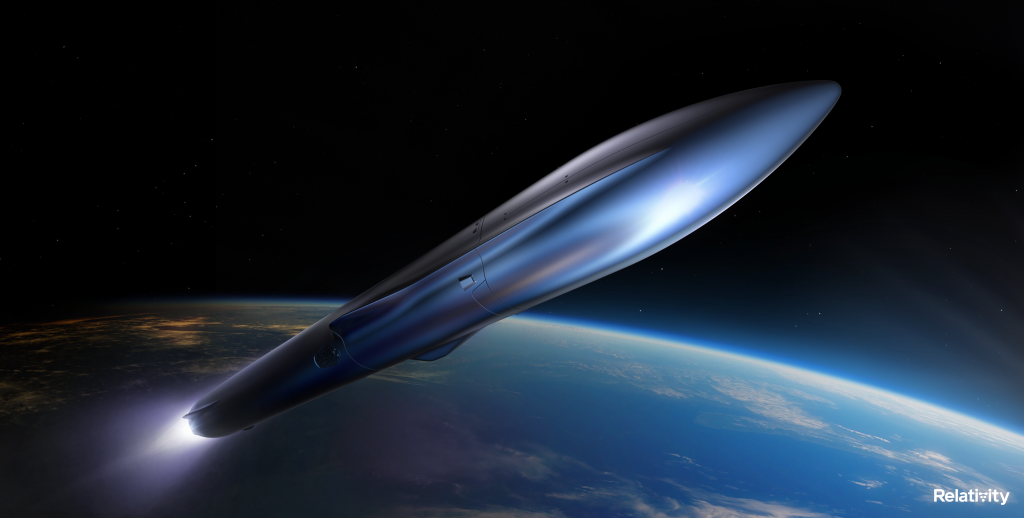Voting shortlists for the 2021 3D Printing Industry Awards are now open. Who do you think should receive top honors this year? Have your say now.
California-based aerospace firm Rocket Lab has been awarded $24.35 million by the U.S. Space Force to fund the R&D of its next-generation Neutron launch vehicle.
Allocated in the form of a contract, the capital is set to fund the development of the Neutron’s upper stage, so that it’s capable of firing satellites and security-related payloads once finished. Through the deal, Rocket Lab has also signalled its intent to join the National Security Space Launch (NSSL) program, meaning that its rocket could be used to launch the USA’s most critical missions from 2025.
“We’re dedicated to building a next-generation rocket that will transform space access for constellations through to the most critical missions in support of national security,” said Peter Beck, CEO of Rocket Lab. “This award is a vote of confidence in the Neutron and our ability to deliver low-cost, responsive, dedicated launches for the U.S. Government.”
“We’ve built a trusted launch system with Electron, and we’ll do it again with Neutron to continue providing unfettered access to space with our new heavier-lift vehicle.”
Rocket Lab’s AM approach
Established in 2006, Rocket Lab is a self-professed ‘end-to-end space company,’ that seeks to provide reliable launch services to its commercial clientele. Following the launch of its inaugural Ātea rocket back in 2009, the firm has steadily iterated on the tech behind its launch vehicles, and fired the upgraded two-stage Electron for the first time in 2017.
Powered by its 3D printed Rutherford engine, the Electron is capable of carrying up to 300 kilograms into low earth orbit (LEO), and to date, it has fired 105 satellites into space across 21 launches. Produced using Electron Beam Melting (EBM), the Rutherford itself is actually fuelled by additive manufactured propellants, allowing it to reach a thrust of 120N, and it has now been 3D printed more than 100 times.
Over the last three years, Rocket Lab has managed to raise a significant amount of capital to fund its launch vehicle R&D, first closing a $140 million funding round before going public just last month. Through its $4.1 billion SPAC IPO, the firm has been able to attract $750 million of investment, which it has committed towards “accelerating its ability to unlock the full potential of space… through its platforms.”
Rocket Lab has also established a strong relationship with the U.S. Space Force, launching a microsatellite from the U.S. Air Force Research Lab’s Monolith program into space, in May 2020. During the mission, the firm helped determine the ability of small satellites to support large payloads as well as monitoring space weather, and it could well have laid the groundwork for collaboration on its next-gen rocket.
Formally known as the Neutron, the company has also dubbed its upcoming launch vehicle the “mega constellation launcher,” due to its much higher 800 kilogram load limit. Set to be powered by the same 3D printed propellant as its predecessor, the new rocket will be twice as tall at 40 meters high, and is designed to be capable of taking-off from an ocean platform once it’s ready, which is expected to be in 2024.

A $24 million R&D contract
Awarded by Space Systems Command (SSC) as part of U.S. Congress’ wider $75 million program to push the boundaries of the upper stage technology used within domestic launch vehicles, Rocket Lab’s $24 million contract is designed to optimize the ultimate mass-to-orbit capabilities and orbital insertion accuracy of its still-under-wraps Neutron rocket.
Operating as part of the National Security Space Launch program, the firm will essentially develop its launch vehicle so that it’s able to carry scientific and experimental satellites, as well as heavy defense payloads. This heavy-duty readiness, in addition to maximal launch responsiveness, is said to be a vital prerequisite for the award of future national defense and security missions through the NSSL scheme.
By demonstrating its ability in these areas, Rocket Lab could also prove its value as an NSSL launch provider for when Phase 3 contracts are awarded in 2025. If it were to be contracted as a Phase 3 launch provider, it would effectively join a pool of contenders for the U.S. Space Force’s most lucrative defense missions, including the likes of the United Launch Alliance and Elon Musk’s SpaceX.

Rocket Lab’s 3D printed contenders
Over the last fifteen years, Rocket Lab has built itself a reputation as a reliable launcher of commercial satellites, but it’s far from the only developer of 3D printed launch vehicles. In July 2021, SPEE3D announced that it too would be developing metal 3D printed rocket engines using its patented cold spray technology, with the aim of creating a low-cost system to support Australia’s emerging space industry.
Rocket engine manufacturer PANGEA Aerospace has also announced its intention to build a 3D printed propulsion system via its partnership with Spanish engineering firm AENIUM. Together, the firms aim to deploy NASA’s GRCop-42 copper alloy as a basis for building more complex combustion engines, as well as advancing research into superalloys with the potential to meet new spacefaring applications.
Elsewhere, one of Rocket Lab’s more traditional rivals, Relativity Space, has raised $650 million in funding of its own towards the development of its upcoming Terran R rocket. Described by the company as a “point-to-point space freighter,” its first reusable, fully-3D printed launch vehicle will be capable of carrying out missions between the Earth, Moon, and even Mars, once launched in 2024.
To stay up to date with the latest 3D printing news, don’t forget to subscribe to the 3D Printing Industry newsletter or follow us on Twitter or liking our page on Facebook.
For a deeper dive into additive manufacturing, you can now subscribe to our Youtube channel, featuring discussion, debriefs, and shots of 3D printing in-action.
Are you looking for a job in the additive manufacturing industry? Visit 3D Printing Jobs for a selection of roles in the industry.
Featured image shows a prototype upper-end for Rocket Lab’s upcoming Neutron rocket. Photo via Rocket Lab.


